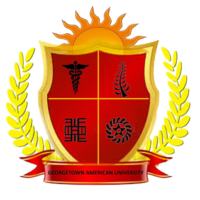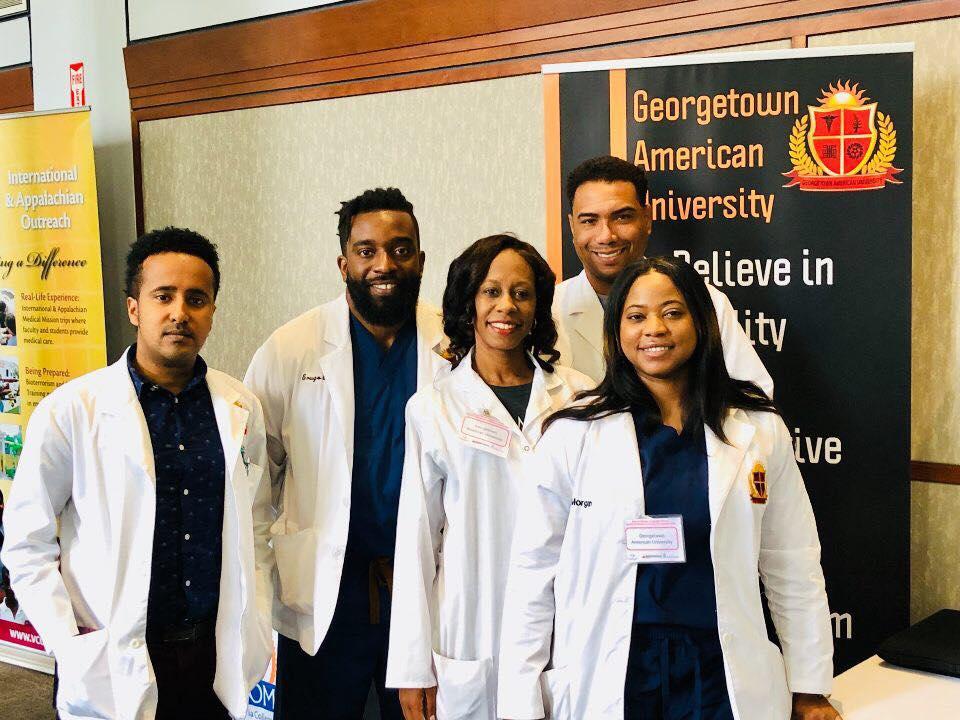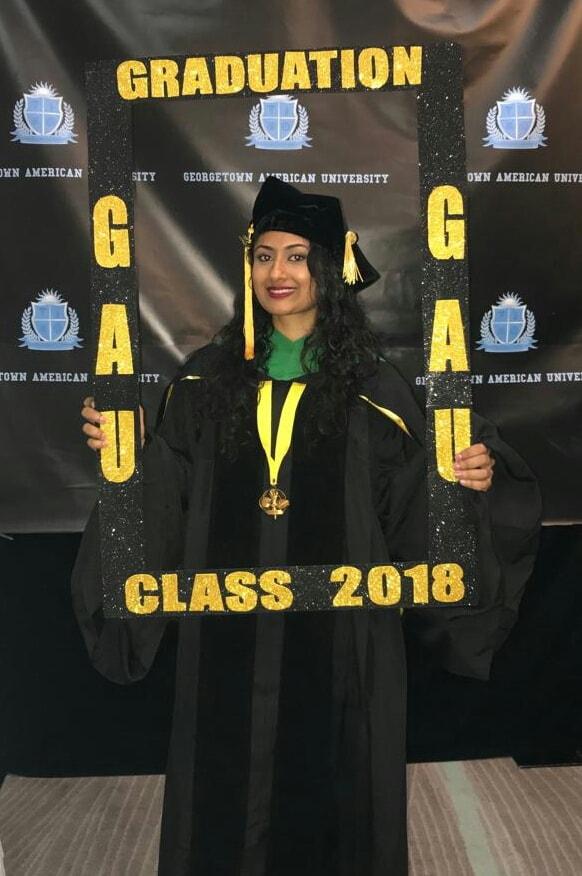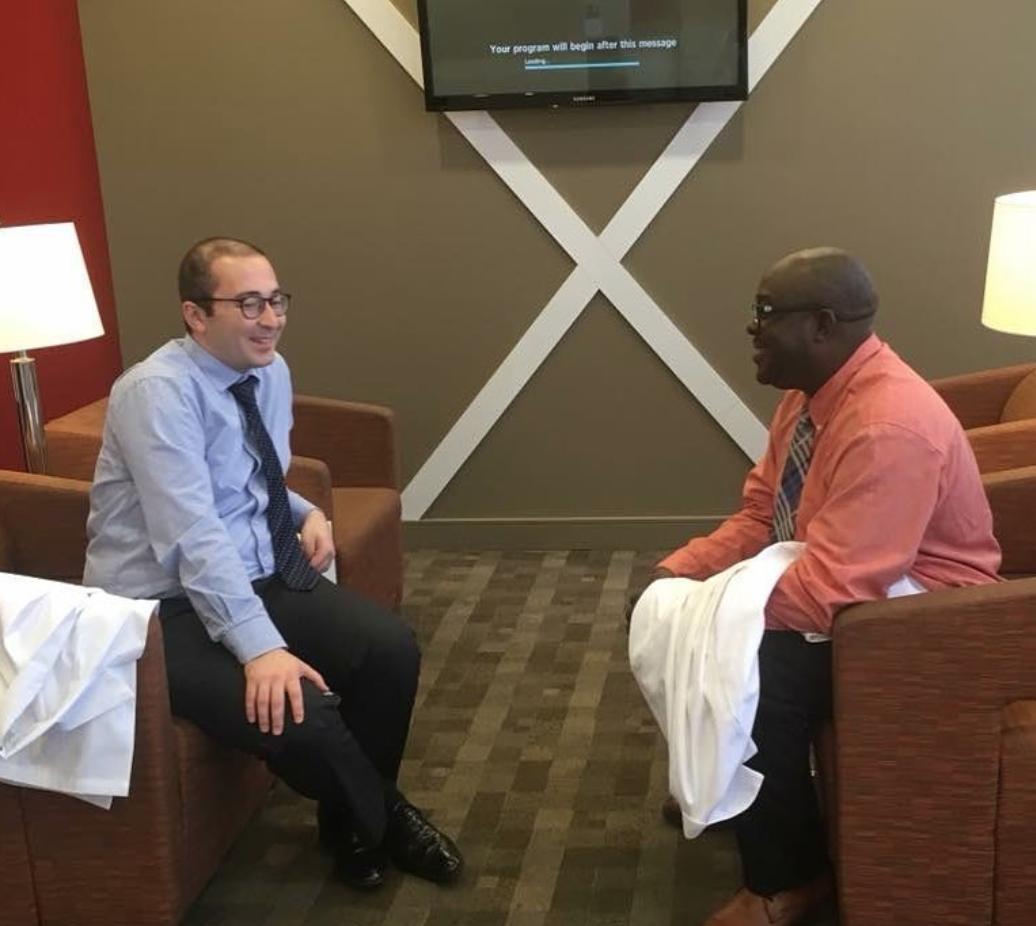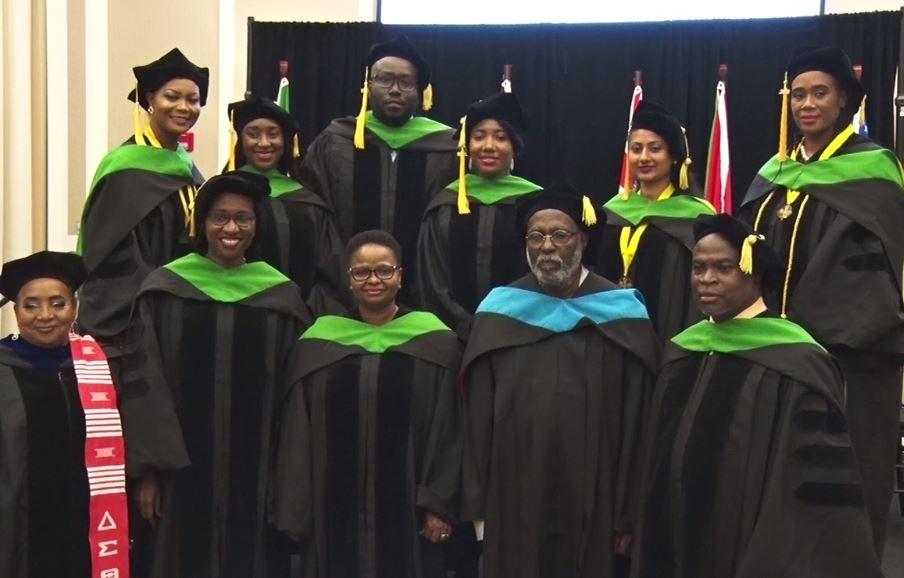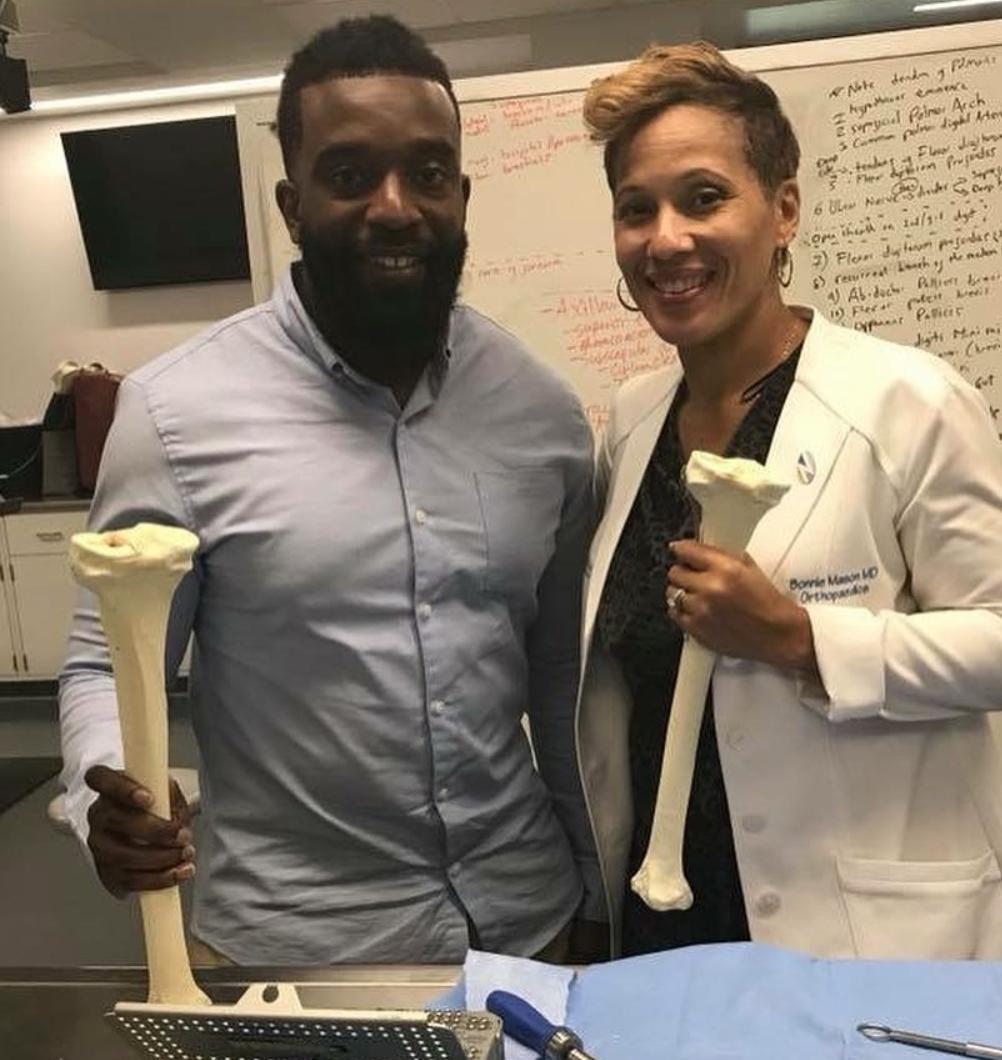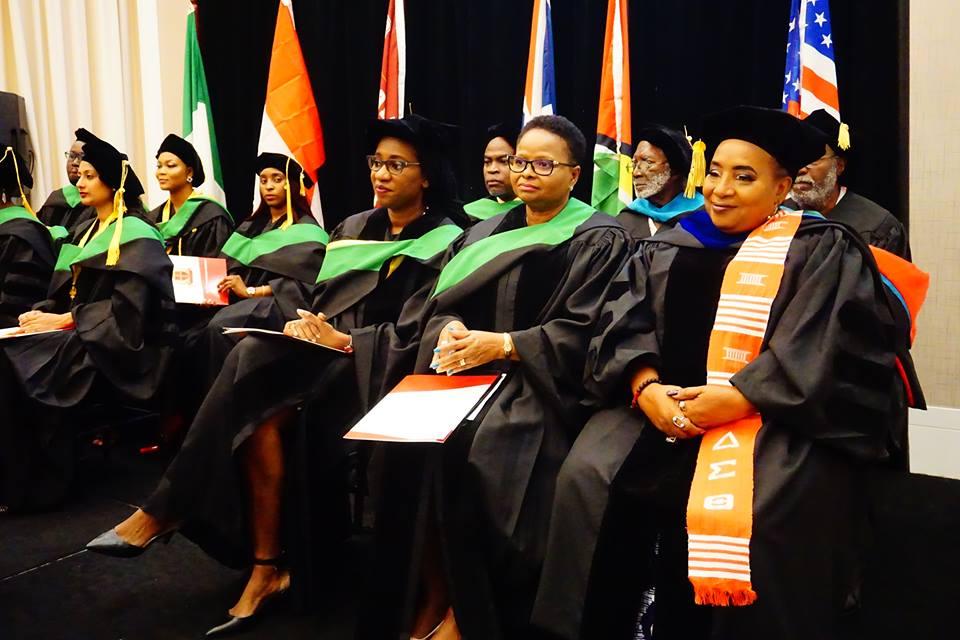About
The mission of Georgetown American University is to provide students with a healthcare education of the highest quality. We prepare students for the next level of training in ACGME accredited American teaching hospitals by implementing US standard curricula in all our programs. Our commitment is to deliver an exceptional academic experience and clinical clerkships to form a strong foundation for a successful professional career.
Our programs mirror the curriculum taught in USA Universities which allows students easy transition into clinical programs, and healthcare workforce. We emphasize problem-based learning with a student-centered approach. Our faculty is chosen based on both their commitment to teaching and outstanding credentials.
Georgetown American University is located in the capital city of Guyana, Georgetown – one of the world’s most culturally diverse cities. This tropical haven lies in the Amazonian region of South America., home to some of the world’s great flora and fauna. Guyana, the only English speaking South American country shares a rich Caribbean culture and is considered as part of the West Indies and Caribbean Community. Our bordering neighbors consist of Brazil, Venezuela, and Suriname.
Guyana is a very hospitable community, has a population of approximately 700,000. known as the land of seven races, Guyana also has a harmoniously diverse religious community comprising mainly of Christians, Hindu, and Muslims. Some of the major economic activities in Guyana are Gold and Diamond mining, timber production and Agriculture.
GAU is in the heart of the city. The institution is in close proximity to shopping centers, restaurants, supermarkets and bus transits.
School Admin Details
School Details
Decatur,,
30030
USA
Additional Information
Tuition Fees
Accreditation Details
The MD Program
A 16 months Premedical Diploma Program is based on a curriculum that supports didactic and problem-based learning. This program serves as a bridge between High School and Medical School. It is equivalent to a first-year undergraduate program, with focus on US-basedintroduction to the medical program. The curriculum for the first and second trimester would focus on fundamental natural sciences courses while the final trimester would place more emphasis on introducing students to medical setting.
PRECLINICAL SCIENCES - The Preclinical Sciences program covers the first 20 months of the Doctor of Medicine program. This program follows the systemic base curriculum used in Medical Schools in the USA. The Preclinical sciences courses are taught using the blending learning system, incorporating technology in the classroom setting. In 2018, the entire program will adapt the flipped classroom model which emphasizes Problem based learning in classroom and video lectures and presentations. This will ensure that students learn at their own pace. Moreover, it will foster independent and lifelong learners. As a form of active learning, Problem-Based Learning encourages knowledge construction and integrates school learning with real life dynamics, where learners learn how to develop flexible knowledge, and effective problem-solving skills, acquire intrinsic motivation, exchange ideas and collaborate. Through collaboration, learners are able to identify what they already know, what they need to know, as well as the way and the source of information they need, to successfully reach to the solution of the problem.
The Clinical Sciences program begins in the 3rd year of the doctor of medicine program. Students who successfully complete the preclinical program will matriculate into the clinical sciences program. Clinical Clerkship proceeds the 5 semesters of preclinical sciences and 2 weeks clinical foundation program. The core clinical clerkship courses are done during the third year of the doctor of medicine program. Core clerkship is divided into two 26 weeks sections. The Core Clerkship I (CC I) courses are Medical Center-based while Core Clerkships II (CC II) are either Medical Center-based or Community Health Center-based.

